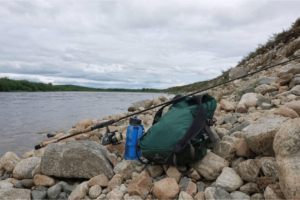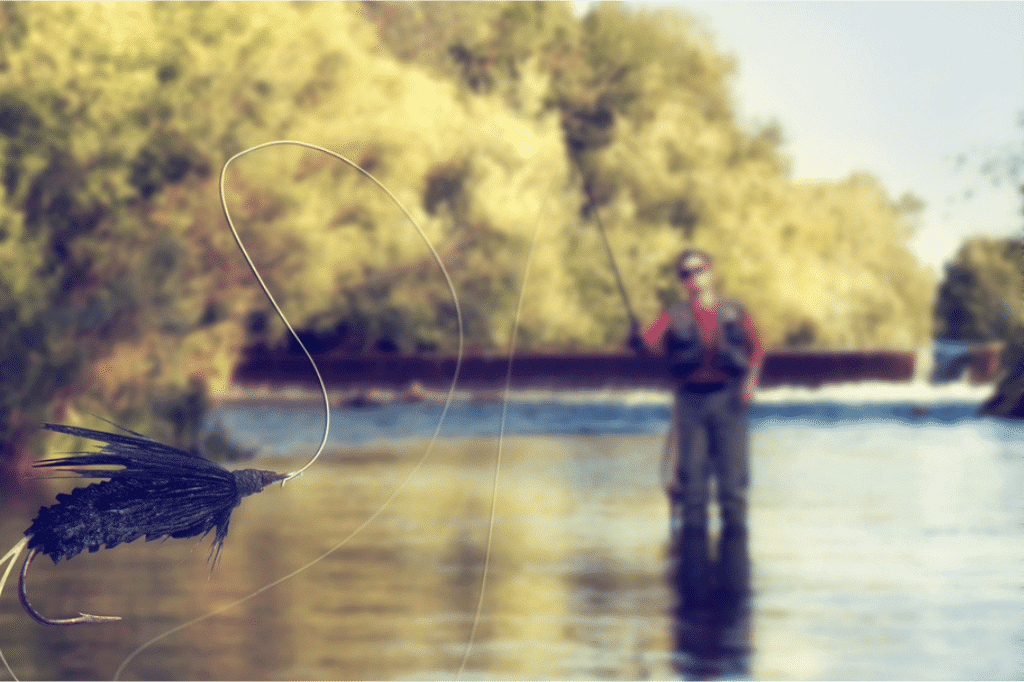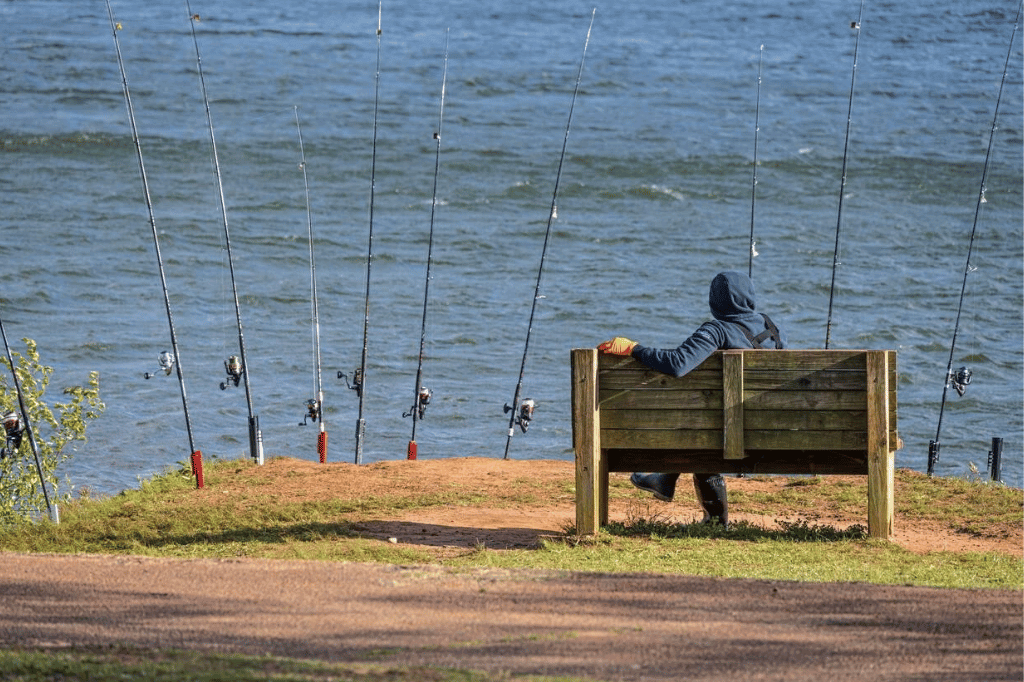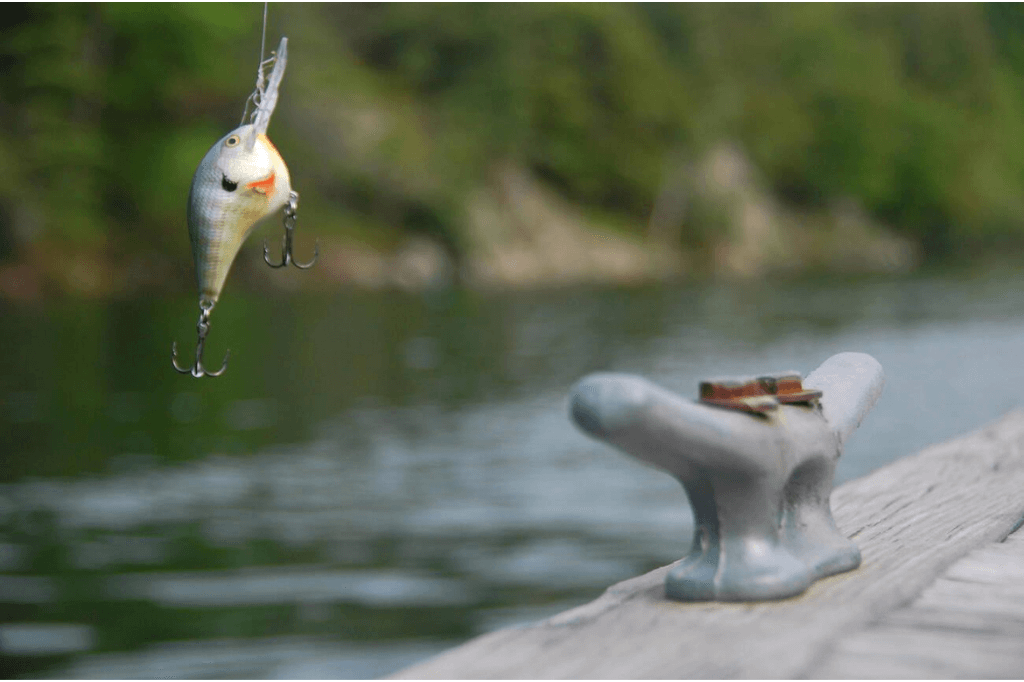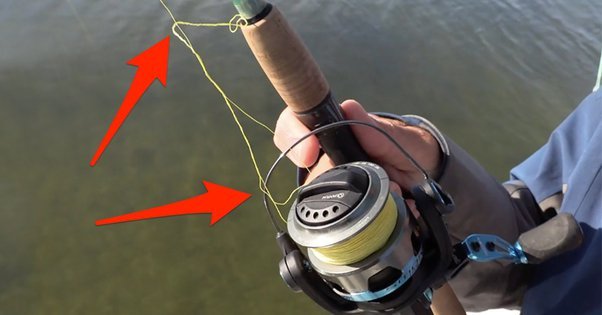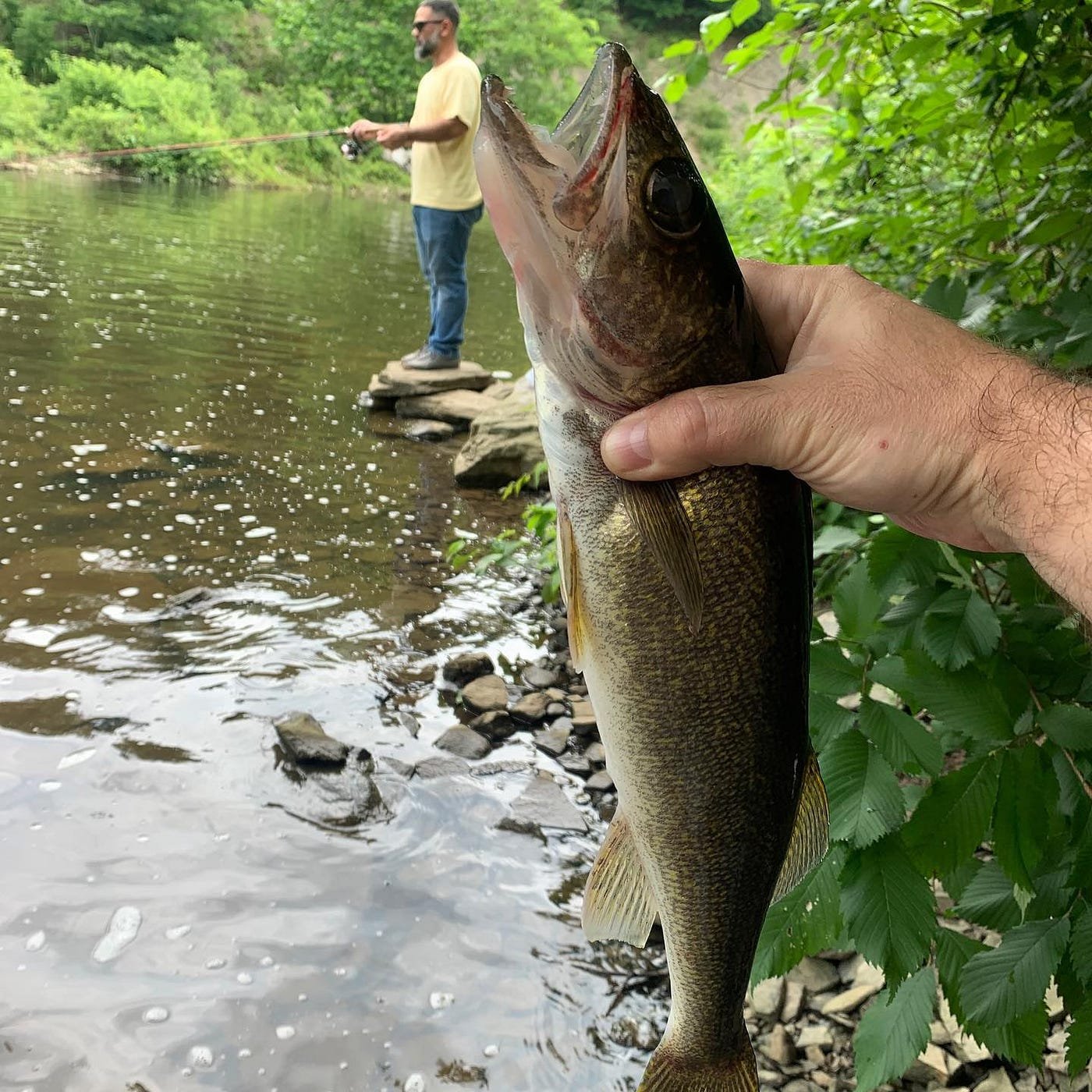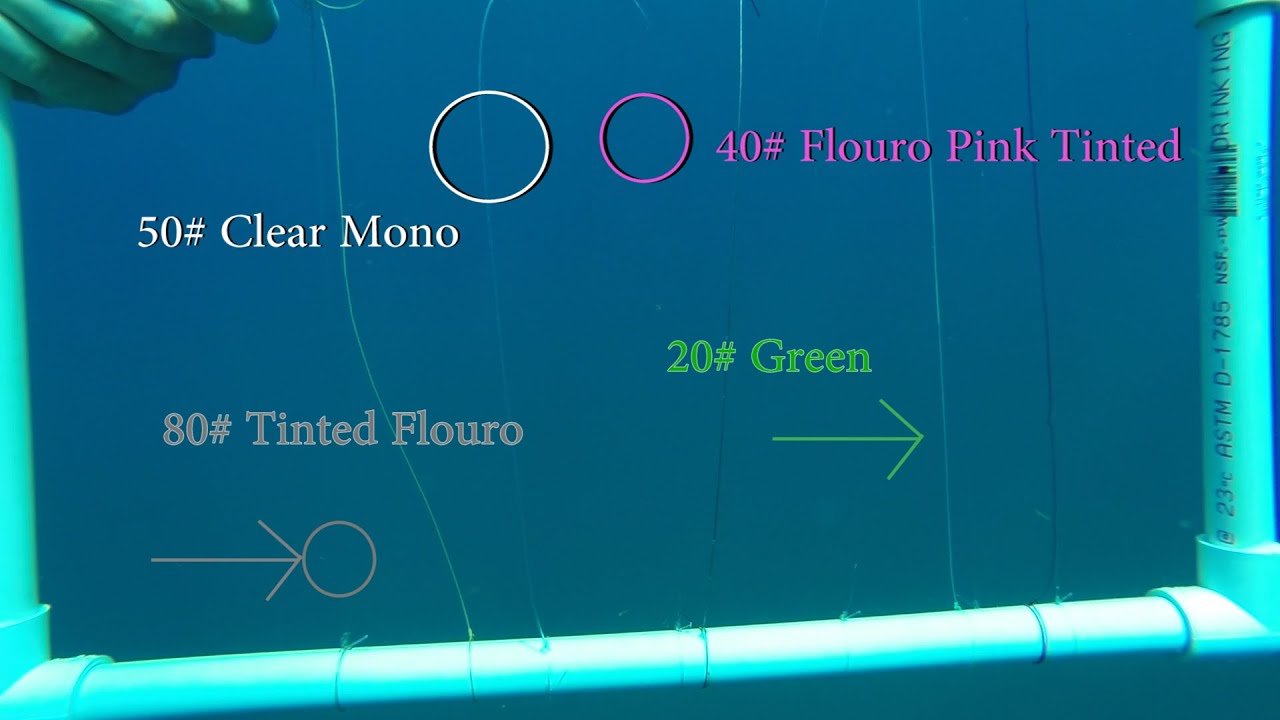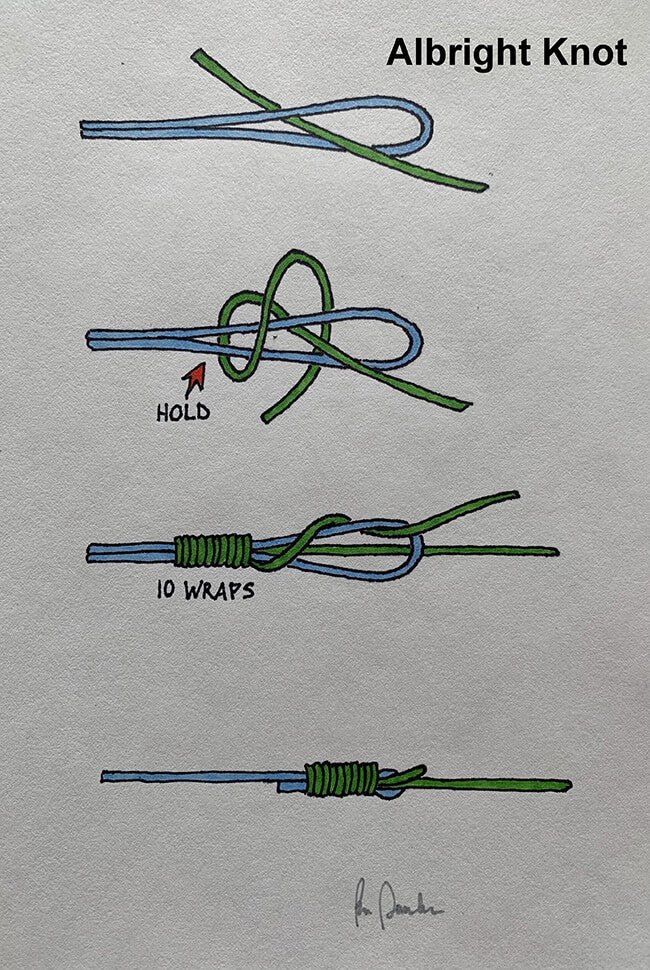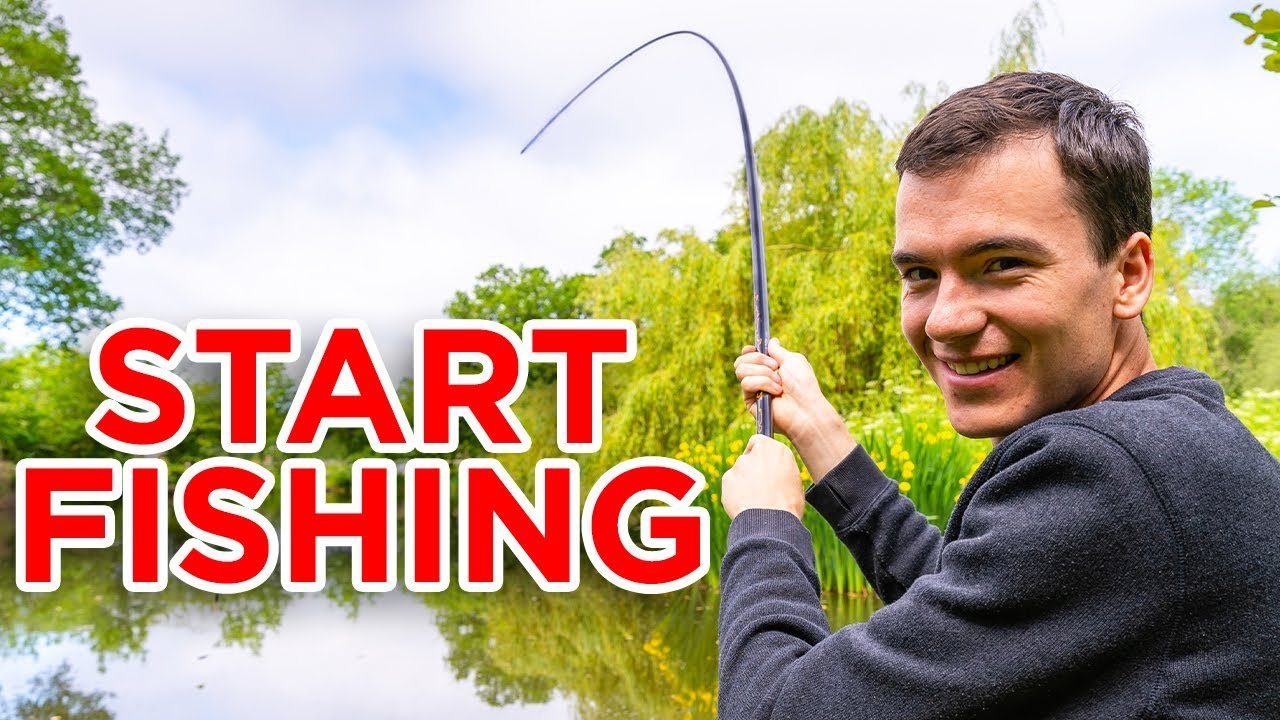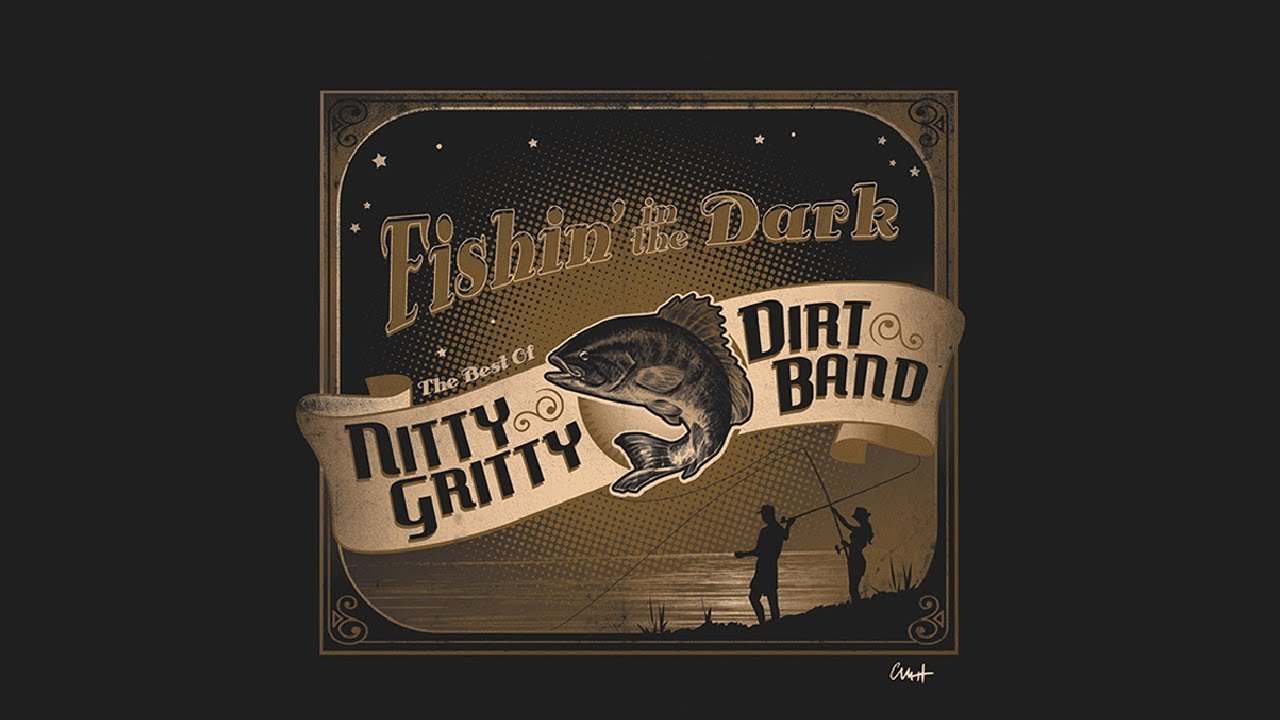Choosing the right fishing tackle backpack can significantly enhance your fishing experience by ensuring that all your essential gear is within reach. These specialized backpacks are designed with multiple compartments and durable materials to withstand the harsh conditions of outdoor use.
They often feature padded straps for comfort, rod holders for convenience, and water-resistant construction to protect your tackle. Selecting a backpack with the right balance of size, compartmentalization, and ergonomic design is crucial for anyone serious about fishing. Whether you’re trekking to a remote lake or walking along the riverbank, a fishing tackle backpack helps keep your hands free and your gear secure. Remember, a well-organized tackle backpack not only saves time but also helps in maintaining the condition of your fishing equipment.

Credit: www.amazon.com
The Quintessential Fishing Tackle Backpack
Key Features To Look For
Selecting the ultimate backpack starts with identifying key features:- Multiple Compartments: Keeps gear organized.
- Adjustable Straps: Ensures comfort.
- Water-Resistant: Protects gear from moisture.
- Rod Holders: Provides easy transport for rods.
- Built-in Work Surface: Handy for bait preparation.
Backpack Material And Durability
When it comes to material and durability, consider these points:| Material | Features |
|---|---|
| Polyester | Lightweight and dries quickly. |
| Nylon | Highly durable and water-resistant. |
| Canvas | Heavy-duty and long-lasting. |

Basic Tackle Box Must-haves
A Variety Of Hooks
Fishing hooks are the foundation of a good tackle box. Different fish require different hooks. A variety of sizes and types is crucial so that you’re ready for any catch. Cover your bases with small, medium, and large hooks to handle various species and environments.Sinkers And Floats
Sinkers add weight to your line, helping bait to sink. Floats, or bobbers, keep your bait at the correct depth while indicating when fish bite. An assortment of sinkers and floats ensures your bait reaches the fish, regardless of where they’re hiding.Assortment Of Lures
The right lure can be the difference between a bite and a shrug. Stock different types:crankbaits, spinnerbaits, and soft plastics. Each type works best in certain conditions and for specific fish. Rotate lures based on activity, water conditions, and fish behavior.Extra Fishing Line
Lines can break, get tangled, or wear out. Carrying extra fishing line ensures that your trip doesn’t end early. Match the strength of the line to the typical fish size and the conditions. Rough conditions or vegetation-filled waters might demand tougher line.| Item | Use | Recommended Quantity |
|---|---|---|
| Variety of Hooks | Catching different fish types | 10-20 of each size |
| Sinkers and Floats | Weighting and depth control | 5-10 of each type |
| Lures | Attracting fish | 2-3 of each type |
| Extra Fishing Line | Replacement for wear and tear | 1-2 spools |
Advanced Angling Gear
Gps And Fish Finders
With the latest in GPS technology and fish finders, anglers can locate the best fishing spots. These tools guide you to underwater structures where fish thrive.- Accurate GPS Mapping: Navigate lakes and rivers like a pro.
- High-Resolution Displays: See the underwater world clearly.
- Sonar Technology: Detect fish with precision.
Specialized Baits And Attractants
The right bait makes all the difference. Specialized baits and attractants are designed to lure specific fish species.| Bait Type | Target Fish | Usage Tips |
|---|---|---|
| Soft Plastic Worms | Bass | Best for clear water conditions. |
| Crustacean Imitations | Crab-eating species | Effective in sandy areas. |
| Electronic Lures | Various Predatory Fish | Use when traditional lures fail. |
Fishing Tools And Pliers
Fishing pliers and multi-tools are essential. They make every task more manageable, from hook removal to cutting lines.- Durable Construction: Stands up to saltwater environments.
- Multi-Functional: Includes cutters, grippers, and scales.
- Compact Design: Fits in any tackle backpack pocket.
Personal Comfort And Safety Items
Sun Protection Essentials
Staying out on the water often means prolonged exposure to the sun. Every savvy angler knows the importance of sun protection.- Sunscreen with high SPF to shield your skin.
- Lip balm with UV protection for healthy lips.
- UV-blocking sunglasses to protect your eyes.
- A lightweight, ventilated hat for overall coverage.
First Aid Kit
Injuries can happen unexpectedly. A well-stocked First Aid Kit is a must-have item.| Item | Use |
|---|---|
| Bandages | Cover cuts or scrapes |
| Antiseptic wipes | Clean wounds |
| Tweezers | Remove splinters or hooks |
| Pain relievers | Ease aches or pains |
Insect Repellent
Bugs can be a nuisance while fishing. A good insect repellent keeps the trip pest-free.- DEET-based sprays are very effective.
- Natural alternatives such as citronella work too.
- Wristbands with repellent are convenient and handy.
Waterproof Clothing
Unexpected rain should never ruin your fishing adventure. Waterproof clothing is key for staying dry.- Waterproof jackets keep you dry and comfortable.
- Ponchos are lightweight and packable.
- Water-resistant pants are essential for rainy weather.
The Importance Of Proper Hydration And Nutrition
Water Bottles And Filtration
Access to fresh water is a must. Dehydration can ruin any fishing expedition. A reusable water bottle and a portable filtration system are essentials for any tackle backpack. This setup guarantees clean drinking water throughout the day.- Durable water bottles: Choose bottles designed to withstand outdoor elements.
- Portable water filters: These can remove contaminants from natural water sources.
Non-perishable Snacks
Filling the backpack with non-perishable snacks ensures a constant energy supply. These foods do not spoil and provide the nutrition needed for a day by the water.| Snack Type | Benefits |
|---|---|
| Nuts and Seeds | Rich in protein and healthy fats |
| Jerky | High in protein and preservable |
| Energy Bars | Convenient with vitamins and minerals |
Energy Boosters
Energy boosters are vital for long fishing trips. They help maintain focus and endurance when waiting for the big catch.- Electrolyte packets: Mix with water to maintain energy levels.
- Fruit snacks: Quick source of glucose for immediate energy.
- Dried fruits: Offer natural sugars and fiber.

Organization Strategies For Efficiency
Smart anglers know that an organized fishing tackle backpack is key to a successful day out on the water. With the right organization strategies, finding that perfect lure or tool when you need it becomes a breeze. Streamlined efficiency means less time searching and more time fishing. Let’s explore how best to keep your gear sorted with a few simple tips.
Compartmentalizing Your Gear
Sort your tackle into categories – hooks, lures, lines, and tools. Each category should have its own space in your backpack. Use dedicated pockets or removable trays – many fishing backpacks provide versatile options for organization, making it easy to grab what you need without digging through a mess.
Using Labels And Dividers
Label each compartment to save time. Visible markings indicate what’s inside without opening every pocket. Insert dividers for separating similar items – this prevents mixing and keeps things in order. Consider color-coding or numbering systems to further enhance organization.
Maintaining Tackle Accessibility
Store frequently used items within easy reach. Top pockets or external loops are ideal for items you reach for often. Following these steps ensures efficient access to all your gear. Streamlined packing lets you focus on the catch, not on finding your equipment.
Environmental Considerations And Ethics
Leave No Trace Principles
Adhering to ‘Leave No Trace’ principles is essential when using a fishing tackle backpack. The goal is simple: leave nature as you found it, if not better. The following points guide anglers towards minimal environmental impact:- Plan ahead and prepare – Know the regulations and special concerns for the area you’ll visit.
- Travel and camp on durable surfaces – Stick to trails and overnight right to minimize soil erosion.
- Dispose of waste properly – Pack it in, pack it out. Even leftover baits and line must leave with you.
- Leave what you find – Preserve the past. Touch, but do not take cultural or historic structures and artifacts.
- Minimize campfire impacts – Campfires can cause lasting impacts. Use a lightweight stove for cooking and enjoy a candle lantern for light.
- Respect wildlife – Observe wildlife from a distance. Do not follow or approach them.
- Be considerate of other visitors – Respect other visitors and protect the quality of their experience.
Wildlife-friendly Products
Selecting wildlife-friendly products for your tackle backpack is another step towards ethical angling. Seek out items that reduce wildlife entanglement and pollution. Opt for these when assembling your gear:| Product | Features |
|---|---|
| Biodegradable fishing line | Decomposes naturally, reducing wildlife hazards. |
| Non-toxic sinkers | Lead-free to prevent poisoning aquatic life. |
| Barbless hooks | Less harmful to fish, easy release. |
Additional Tips And Tricks
Seasonal Gear Adjustments
As the seasons change, so should the contents of your tackle backpack. Keep your gear relevant and ready with these smooth swaps:- Summer: Include lightweight lures, extra line for those long days, and sunscreen.
- Fall: Pack heavier lures and consider adding a few warm clothes.
- Winter: Swap in ice fishing gear and insulated gloves.
- Spring: Make room for rain gear and versatile baits for the diverse bite.
Tackle Backpack Maintenance
Keep your tackle backpack in top shape with these simple steps:- Empty and air out after each trip to prevent mold and smells.
- Check for wear and tear regularly, focusing on zippers and seams.
- Clean off dirt and grime with mild soap and warm water.
- Apply water repellent sprays to keep moisture at bay.
Storing Catch Safely
Securing your catch in a safe and sanitary manner is crucial. Here’s how to store your fish until it’s time to head home:| Type of Catch | Storage Method |
|---|---|
| Freshwater Fish | Use a cooler with ice packs or fresh ice. |
| Saltwater Fish | Opt for a bait cooler or a saltwater-resistant container. |
| Small Fish | Utilize individual bags to keep them separate. |
Frequently Asked Questions
Does The Tackle Box Stack With The Tackle Bag?
No, the tackle box does not stack with the tackle bag in Terraria. Each has its own distinct function for organizing fishing gear.
How Do You Pack A Tackle Box?
Begin by categorizing your gear, placing similar items together. Stock essential tools and lures first, optimizing space. Use adjustable compartments for adaptability. Keep frequently used items accessible. Protect hooks and sharp objects in secure sections to prevent injury and tangle-free storage.
How Do You Organize A Fishing Tackle At Home?
Sort tackle by type in clear, stackable bins. Use dividers for small items. Hang rods on wall racks. Label everything for ease of finding. Keep frequently used gear accessible.
How Do You Stock A Fishing Tackle Box?
Begin by selecting basic lures, hooks, and sinkers for various fish species. Include a multipurpose tool, line cutter, and extra line. Organize items by type and frequency of use. Adjust contents seasonally and based on your fishing location. Keep your tackle box clean and items rust-free.
Conclusion
Embarking on a fishing adventure becomes seamless with the right backpack. Such a tackle companion promises efficiency and enjoyment by your waterside. It’s essential to select a model that fits your needs and style. Embrace the freedom a well-chosen fishing tackle backpack offers, and make your next angling expedition unforgettable.
Cast away the hassles and reel in the pleasure.


